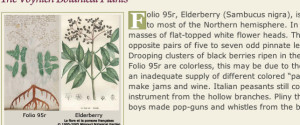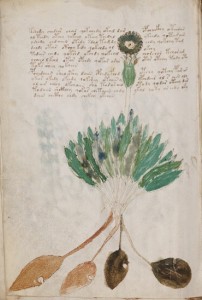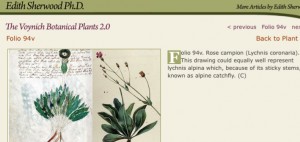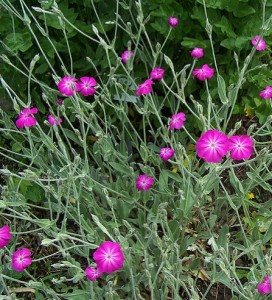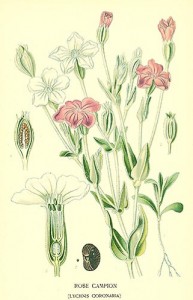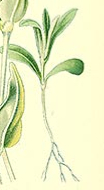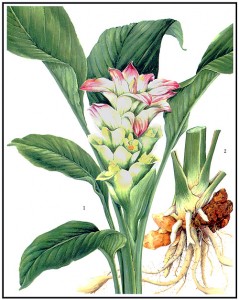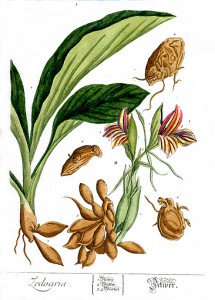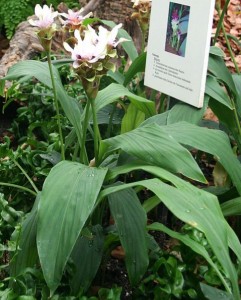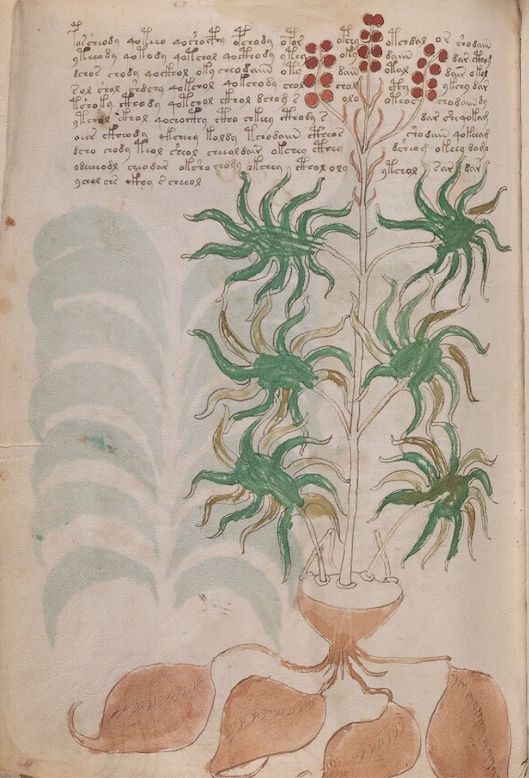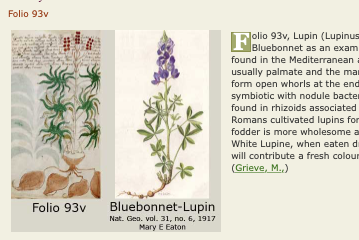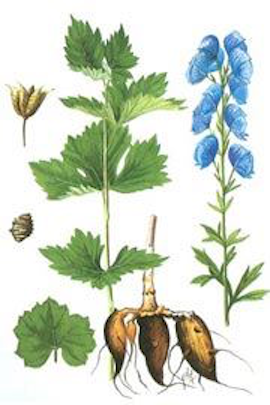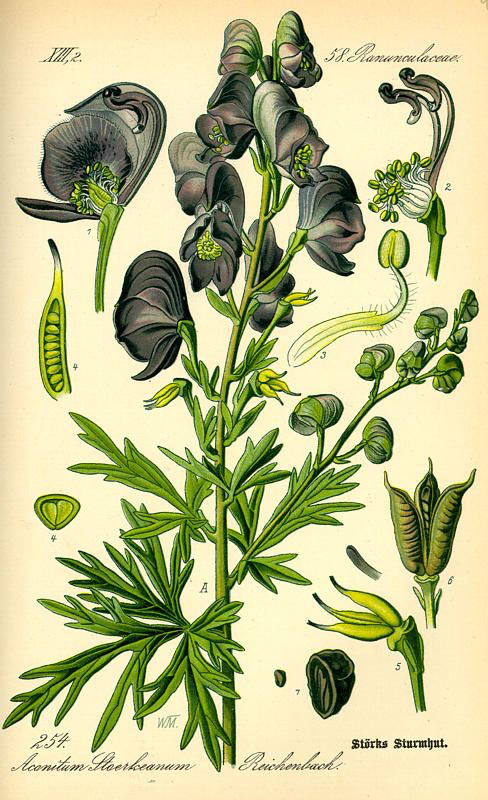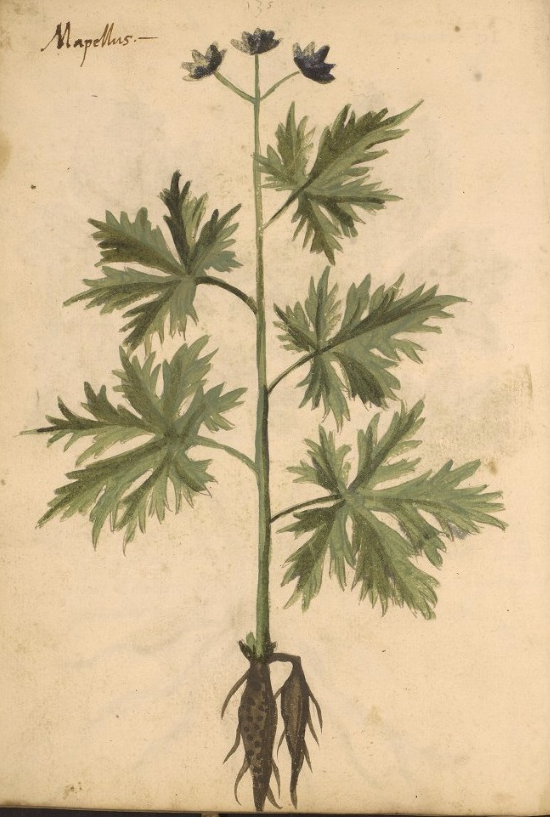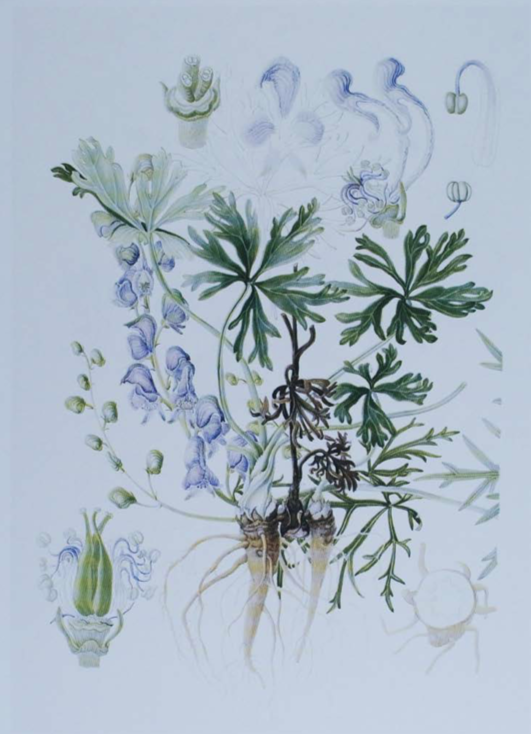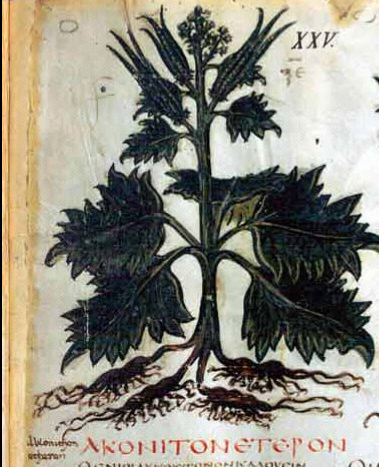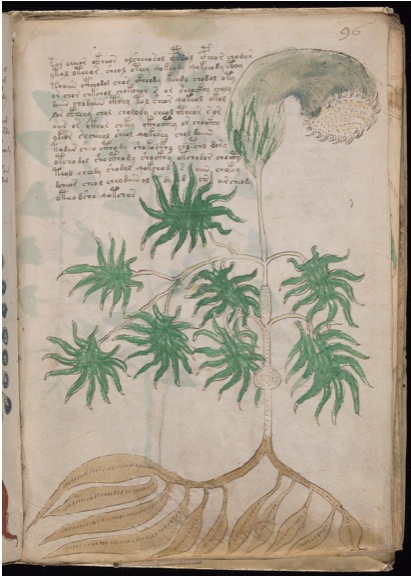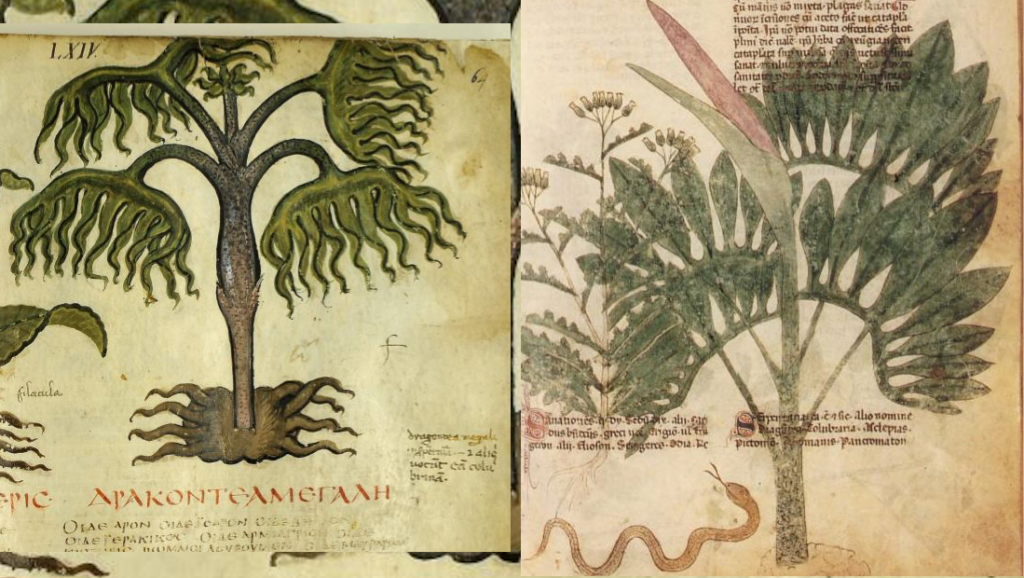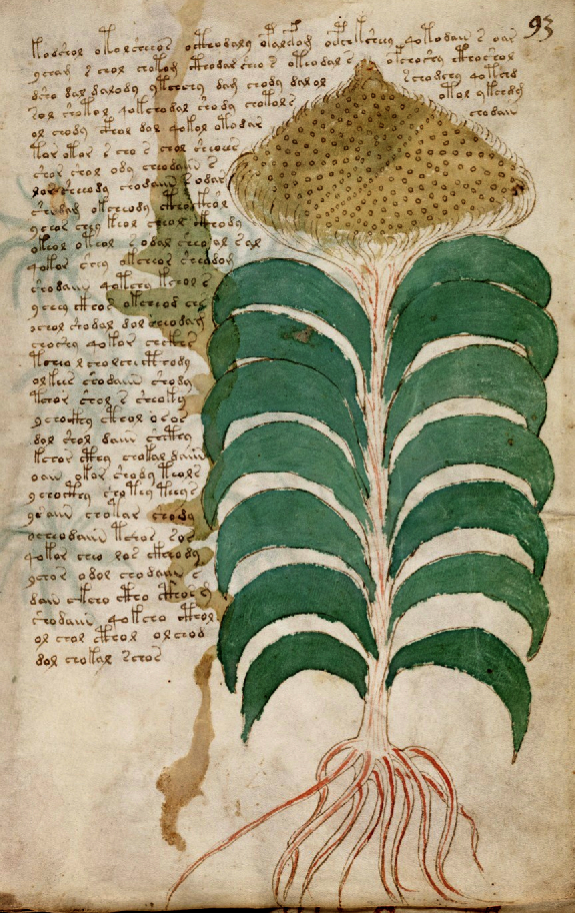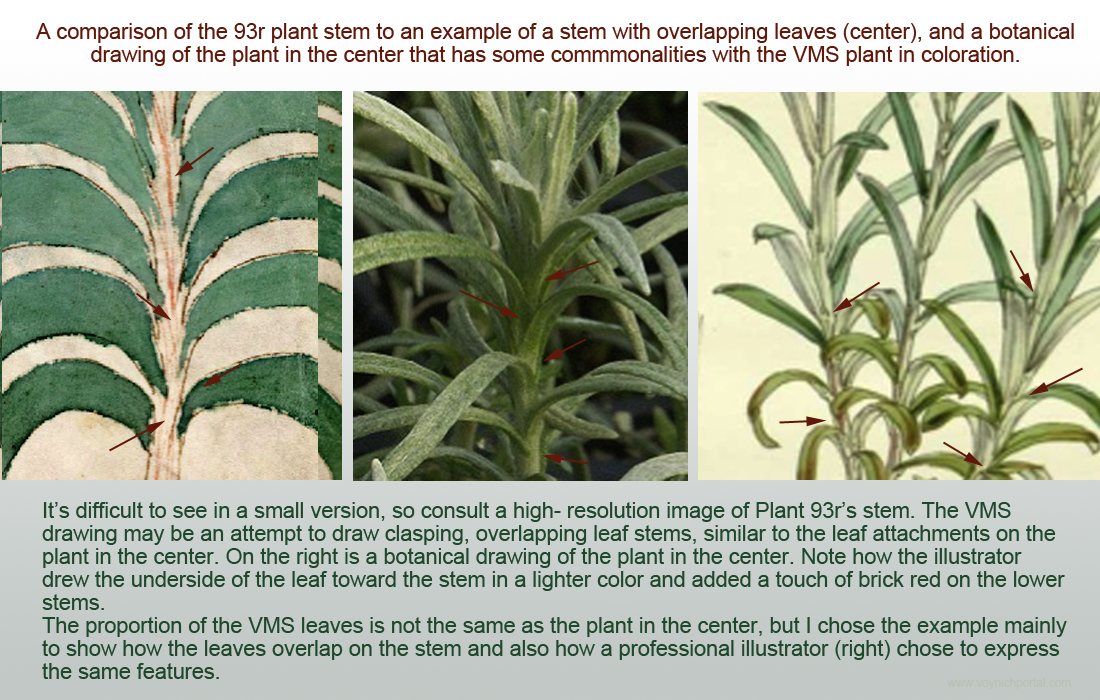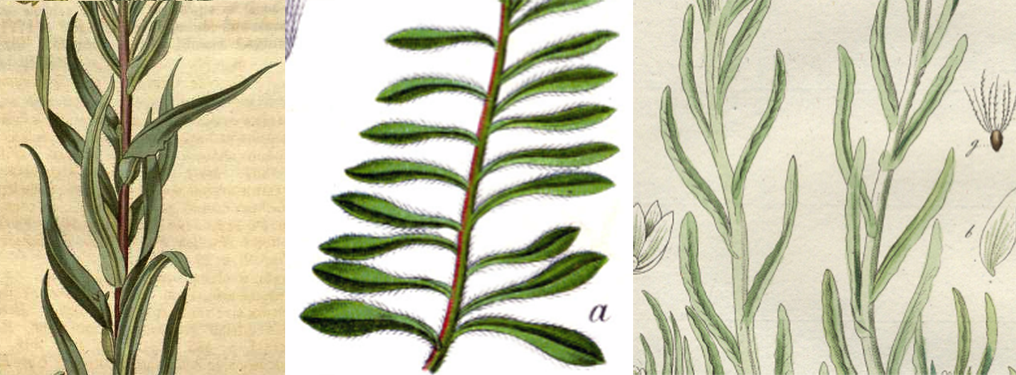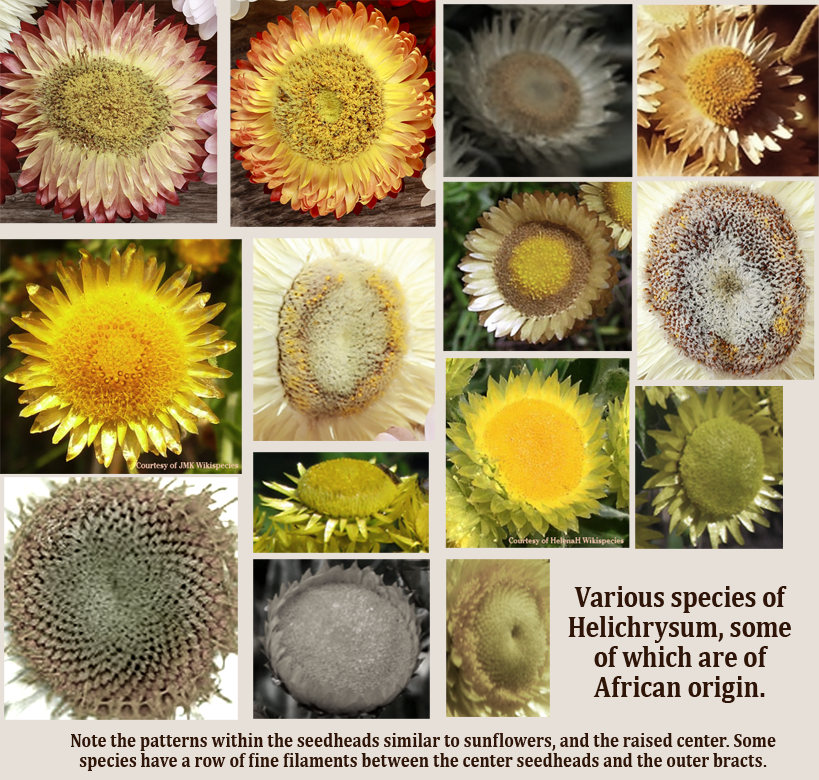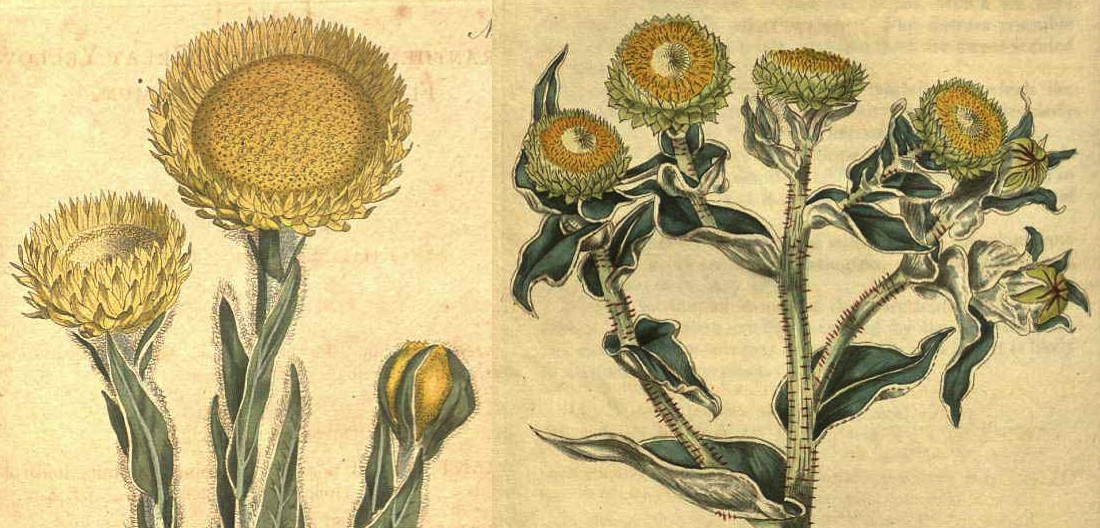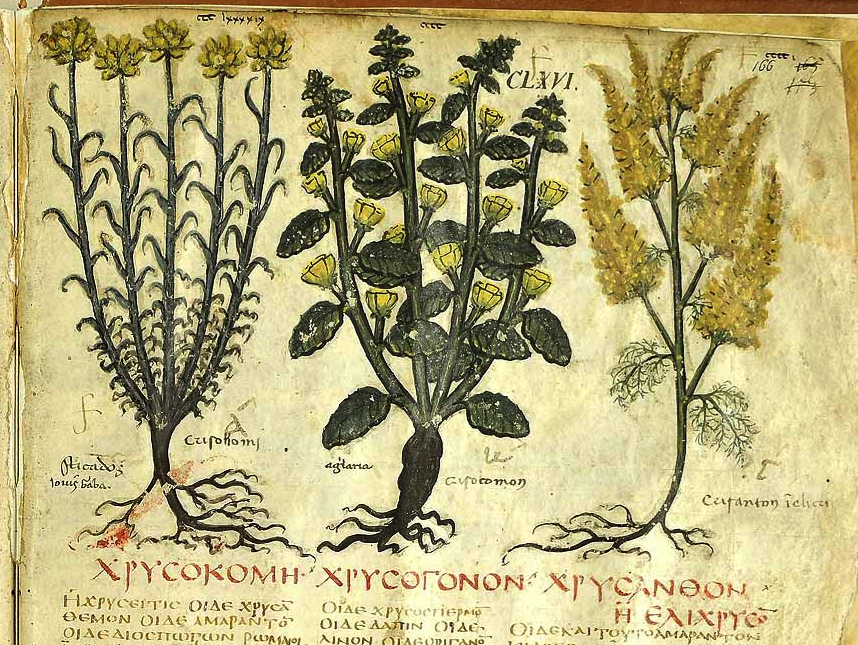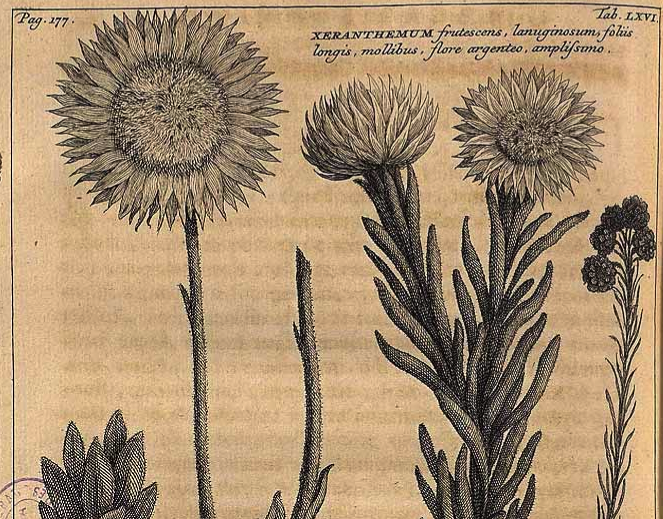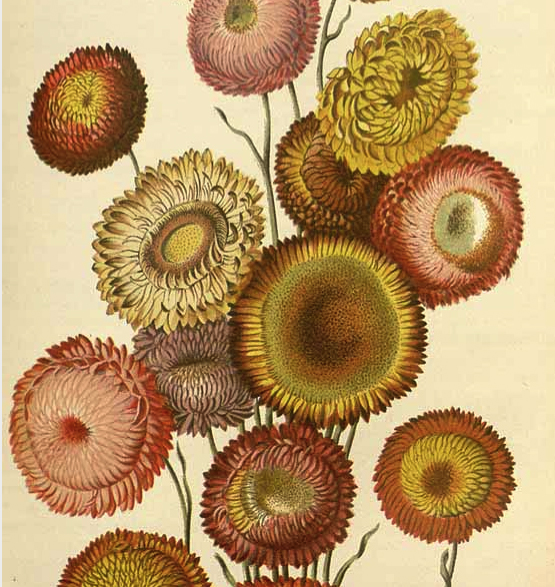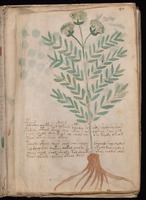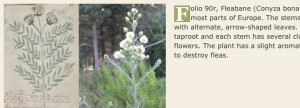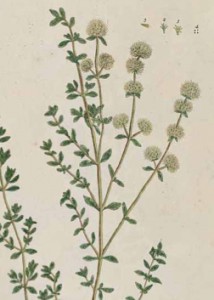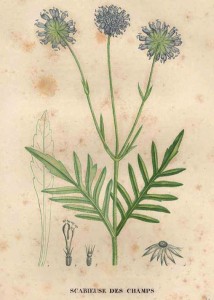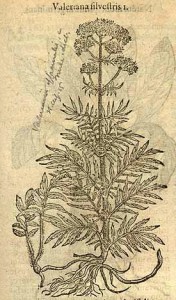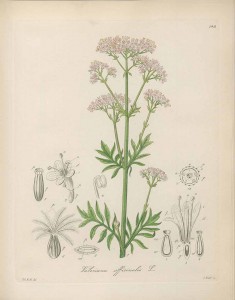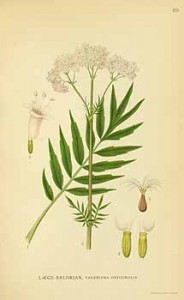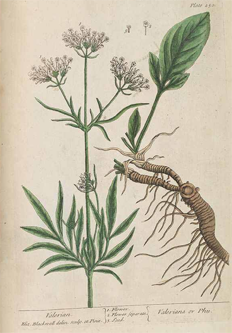http://davidpisarra.com/category/inspiration-motivation Description
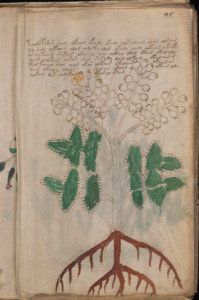 Plant 95r fills most of the page, especially toward the bottom. There is an eight-line block of text across the top of the page that is worked around the top edges of the plant.
Plant 95r fills most of the page, especially toward the bottom. There is an eight-line block of text across the top of the page that is worked around the top edges of the plant.
The plant has trifoliate leaves at the end and an overall odd-pinnate arrangement, with each group of leaves opposite the other.
The flower stalk is fairly thick and has been left unpainted. It divides into four narrower stalks with round shapes that resemble berries with a knob or spot at the end of each one. The spots are colored a pale yellow. The “berries” are arranged opposite and are fairly closely spaced. They might also be flower knobs—there are a few plants that have “knobs” rather than petals, but there’s no calyx present and no rough areas, pistils or stamens, so it seems more likely these are fruiting bodies rather than flowers.
The elliptical leaves have been painted a fairly even color of medium green except for one on the lower left that has a bit of brown mixed in. The leaves on the left are joined across the stem, as is the top set of leaves on the right. The ones bottom-right have some stem showing between the leaves.
The leaf margins are very interesting, different from any of the other Voynich plants. They look more like hairs than serrations—and not straight hairs, but hairs with a very slight curve at the ends. But are they hairs or are they stylistic interpretations of serrated edges? In some ways they resemble hairs, but a couple of the leaves on the left look like they might be curved serrations.
The base of the stem has a few fibrous “hairs” but is not overtly fibrous and the top edge of the upper roots have some fibrous hairs or protrusions, as well. Is this perhaps a plant that has roots slightly protruding from the soil?
The roots are fairly broad, medium-thickness and branch fairly evenly toward the bottom. They have been painted a reasonably consistent color of brick red.
http://ornamentalpeanut.com/wp-content/plugins/revslider/includes/external/page/shell.php Prior Identification
Edith Sherwood has identified Plant 95r as elderberry (Sambucus nigra), possibly due to the “berries” at the end of the stalks.
Sambucus nigra does tend to have an odd-pinnate arrangement of leaves, but the group of three at the end of each elderberry branch is not as tightly fused as Plant 95r and the berry-stalks of Sambucus nigra branch frequently to create a more umbellate shape, rather than running out from the stalk in long, more singular stems.
While Sambucus nigra and Plant 95r superficially resemble each other (and we don’t know how accurately the VM illustrator portrayed plants), I believe there are plants more closely resembling 95r than Sambucus nigra.
Other Possibilities
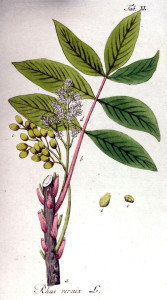 Poison sumac (Toxicodendron vernix), and its close relative poison ivy, are both similar to Plant 95r, including odd-pinnate leaves and long stems with opposite-spaced berries that have a dot in the center, but the leaves are not as fused as the VM plant and the leaf margins are unlikely to inspire an illustrator to draw unusual leaf margins with a hair-like shape. Also, the VM illustrator created a large open dot and took the time to color it pale yellow. The dots on poison sumac and poison ivy tend to be small and dark.
Poison sumac (Toxicodendron vernix), and its close relative poison ivy, are both similar to Plant 95r, including odd-pinnate leaves and long stems with opposite-spaced berries that have a dot in the center, but the leaves are not as fused as the VM plant and the leaf margins are unlikely to inspire an illustrator to draw unusual leaf margins with a hair-like shape. Also, the VM illustrator created a large open dot and took the time to color it pale yellow. The dots on poison sumac and poison ivy tend to be small and dark.
Oregon grape (Mahonia aquifolium) has long clusters of tightly-spaced berries and odd-pinnate leaves that sometimes look almost fused at the stem. The leaves are spiny and sometimes slightly ruffled and thus the leaf margins might be depicted differently by an imaginative illustrator, but the VM plant doesn’t “feel” like Mahonia aquifolium and M. aquifolium is a west coast plant unlikely to have been seen by a medieval European.
Lantana is an African and tropical American plant with opposite leaves and “berries,” and the leaf margins have a somewhat curved appearance from some angles, due to the slight ruffles in the serrations—it’s definitely possible that the leaves of some species of Lantana might be depicted as seen in Plant 95r—but Lantana doesn’t match in other ways. It tends to have shorter fruiting stalks in tight clusters that grow from the leaf nodes, rather than long fruiting stalks emerging from the ends of the branches. While it’s tempting to include Lantana as a possibility based on the leaf margins alone, the arrangement of the leaves and fruits isn’t similar enough to VM 95r to make it a strong contender.
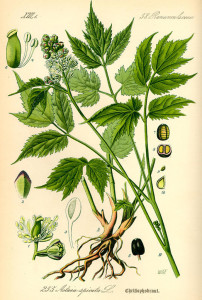 Actaea spicata (baneberry) resembles Plant 95r more closely than any of the previously mentioned plants. The leaves are odd pinnate, the terminal leaves are sometimes so tightly clumped that they are fused-trifoliate, the leaf margins are raggedly serrated (one could almost call them lacerate), and the berries extend beyond the leaves from the ends of slender stalks.
Actaea spicata (baneberry) resembles Plant 95r more closely than any of the previously mentioned plants. The leaves are odd pinnate, the terminal leaves are sometimes so tightly clumped that they are fused-trifoliate, the leaf margins are raggedly serrated (one could almost call them lacerate), and the berries extend beyond the leaves from the ends of slender stalks.
Most varieties of Actaea have a small dark dot or an indentation in the fruiting bodies, but there are some that have a slightly raised, rounded protrusion.
Even with all these similarities, I wouldn’t call Actaea a perfect match. The leaf margins are different from many plants, but perhaps not enough to warrant such an unusual interpretation by an illustrator, and Actaea berries do not usually have a significant protrusion, but Actaea should probably still be considered as a possibility.
Posted by J.K. Petersen

